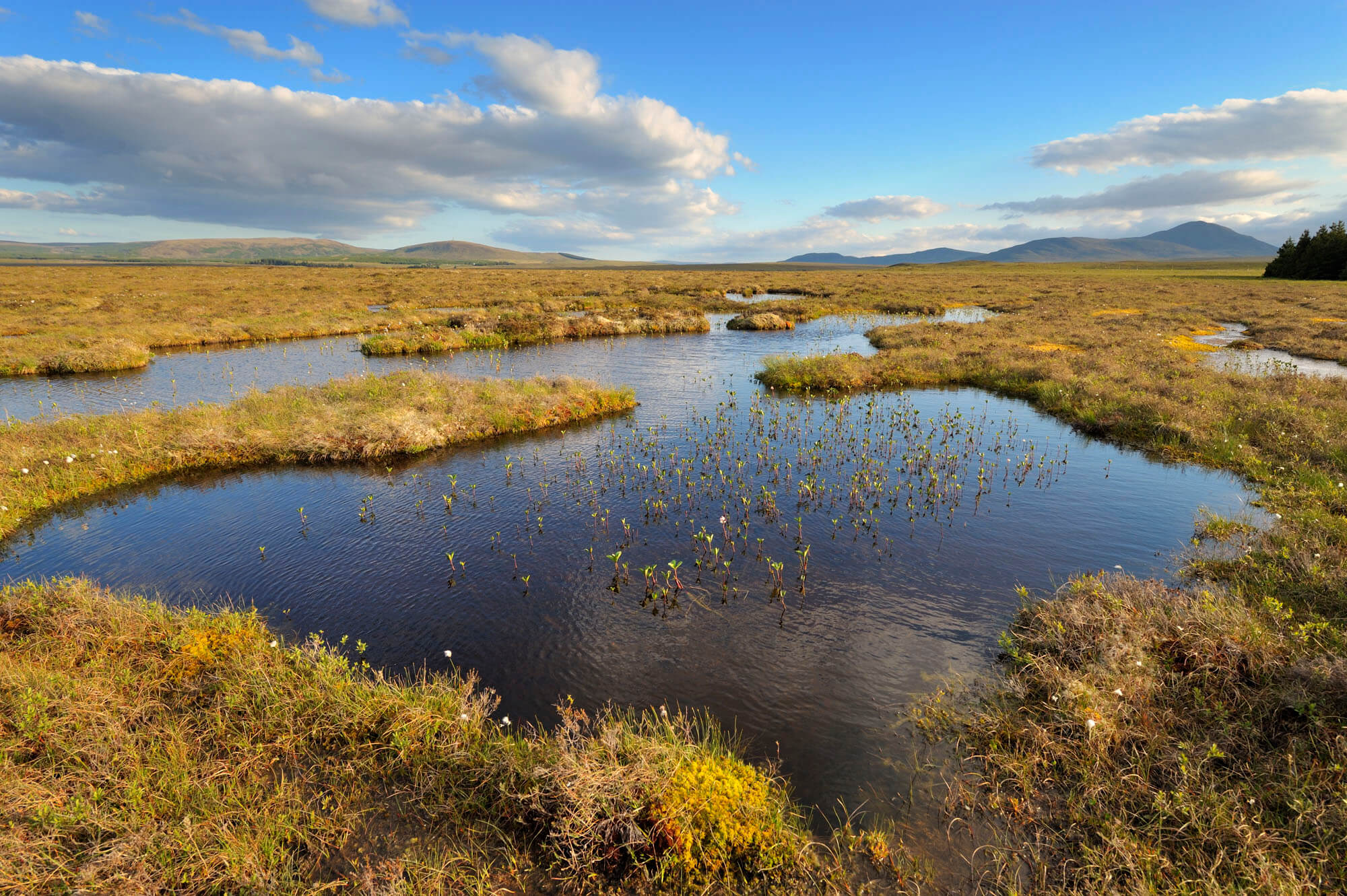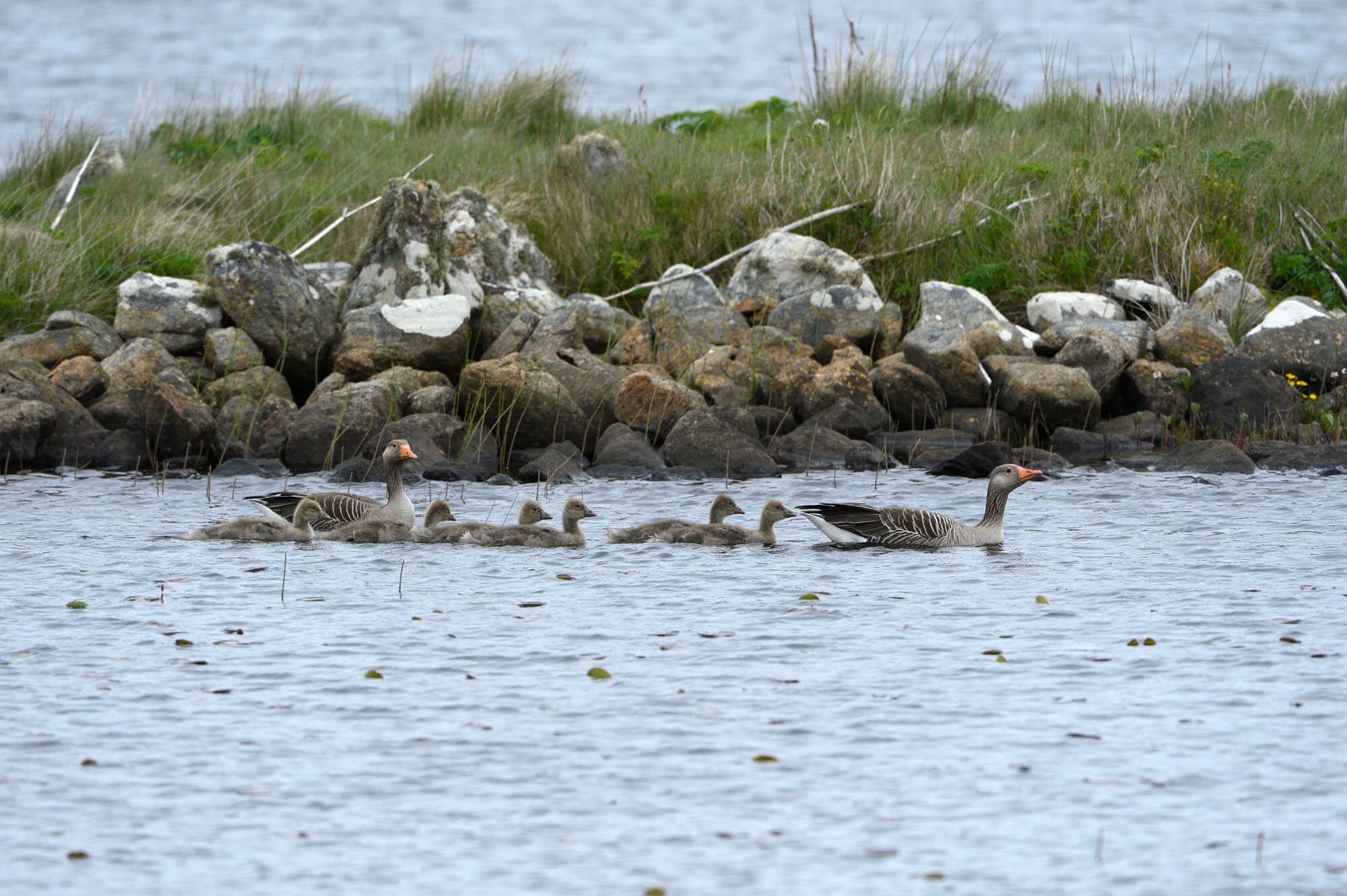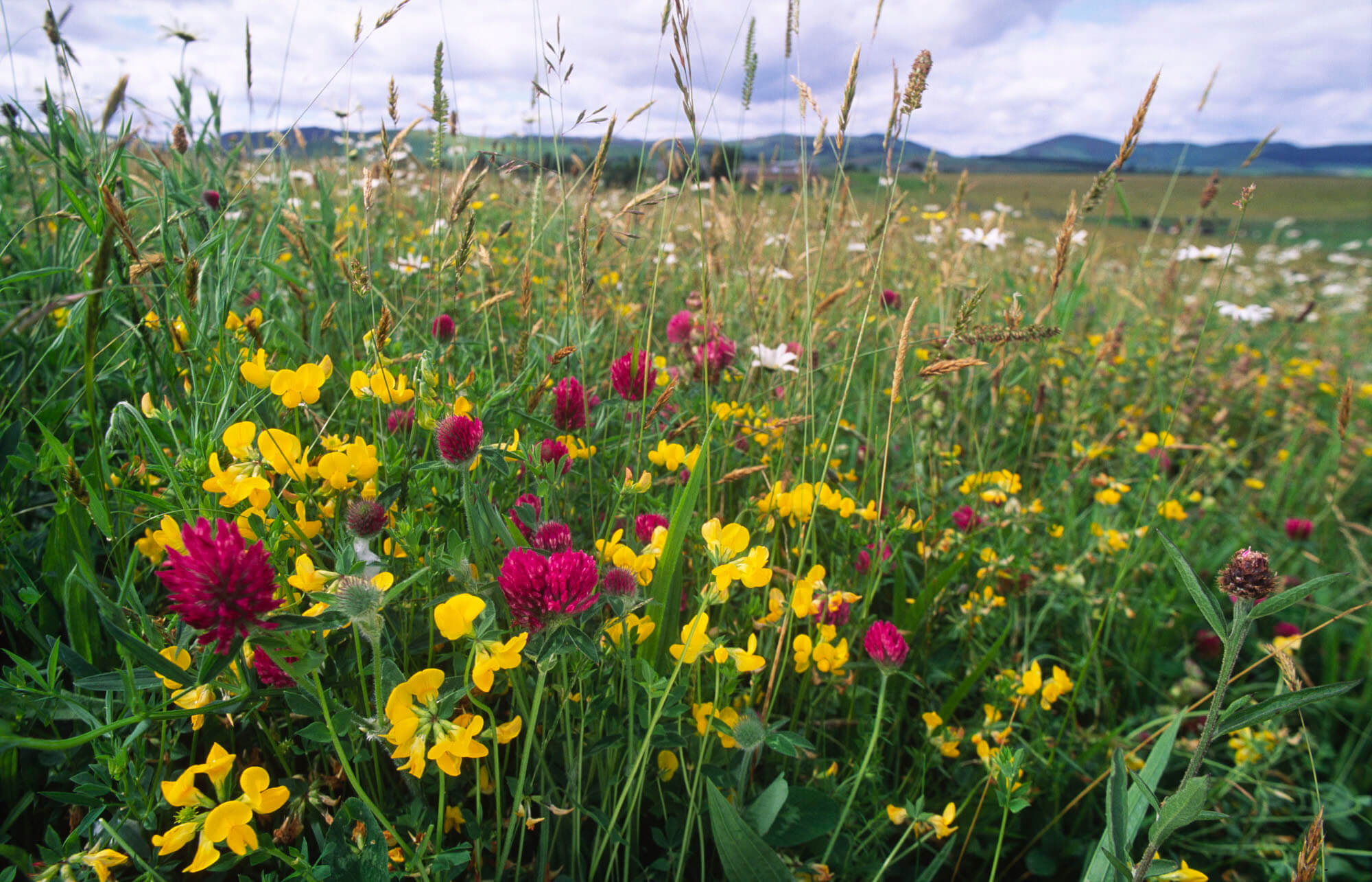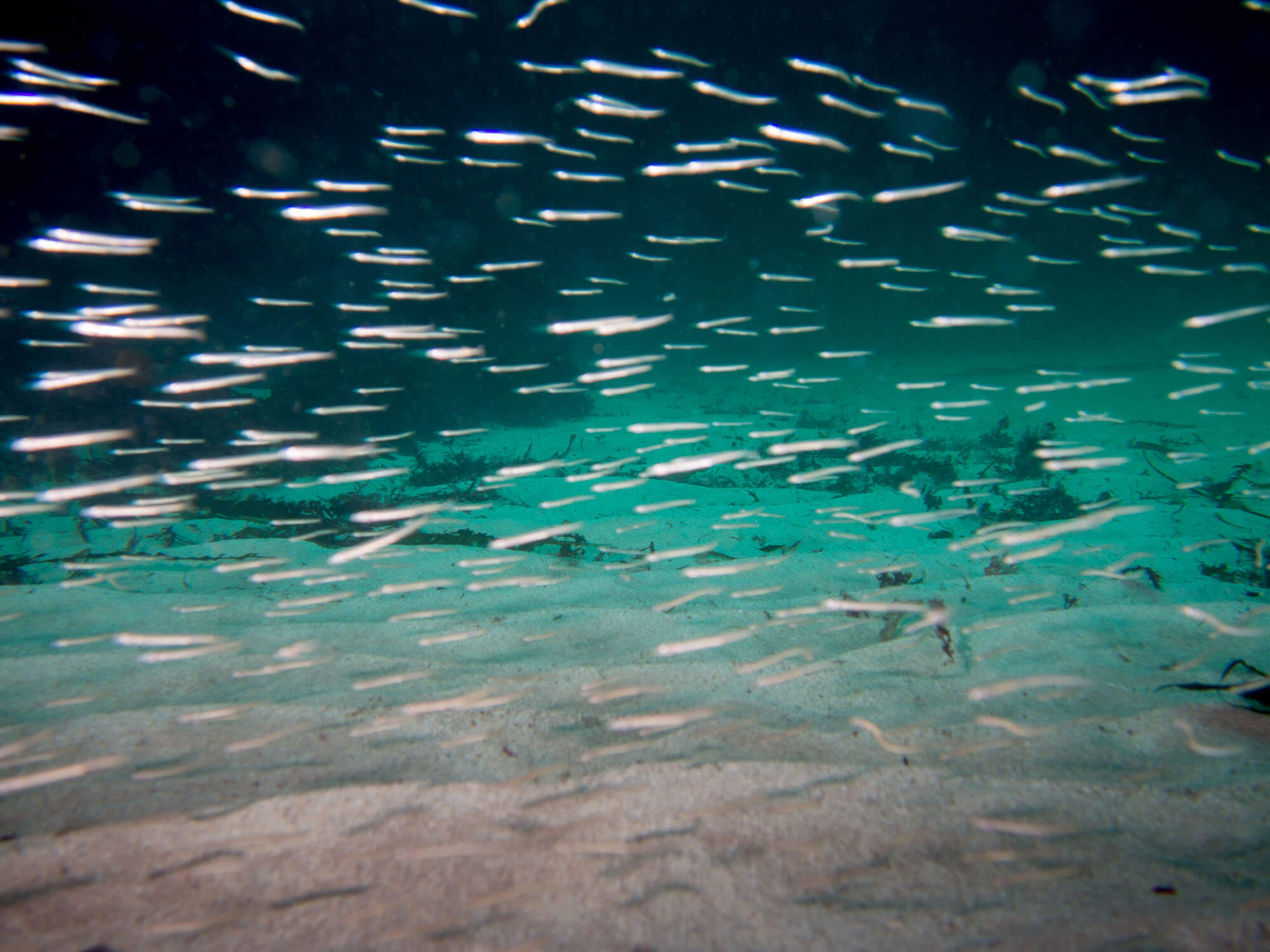Practitioner’s Guide to Nature Networks
This guidance brings together and highlights considerations for Nature Network design. Primarily derived from Natural England’s Summary for Practitioners, it is underpinned by a review of the scientific literature regarding connectivity and Nature Network design.
View



